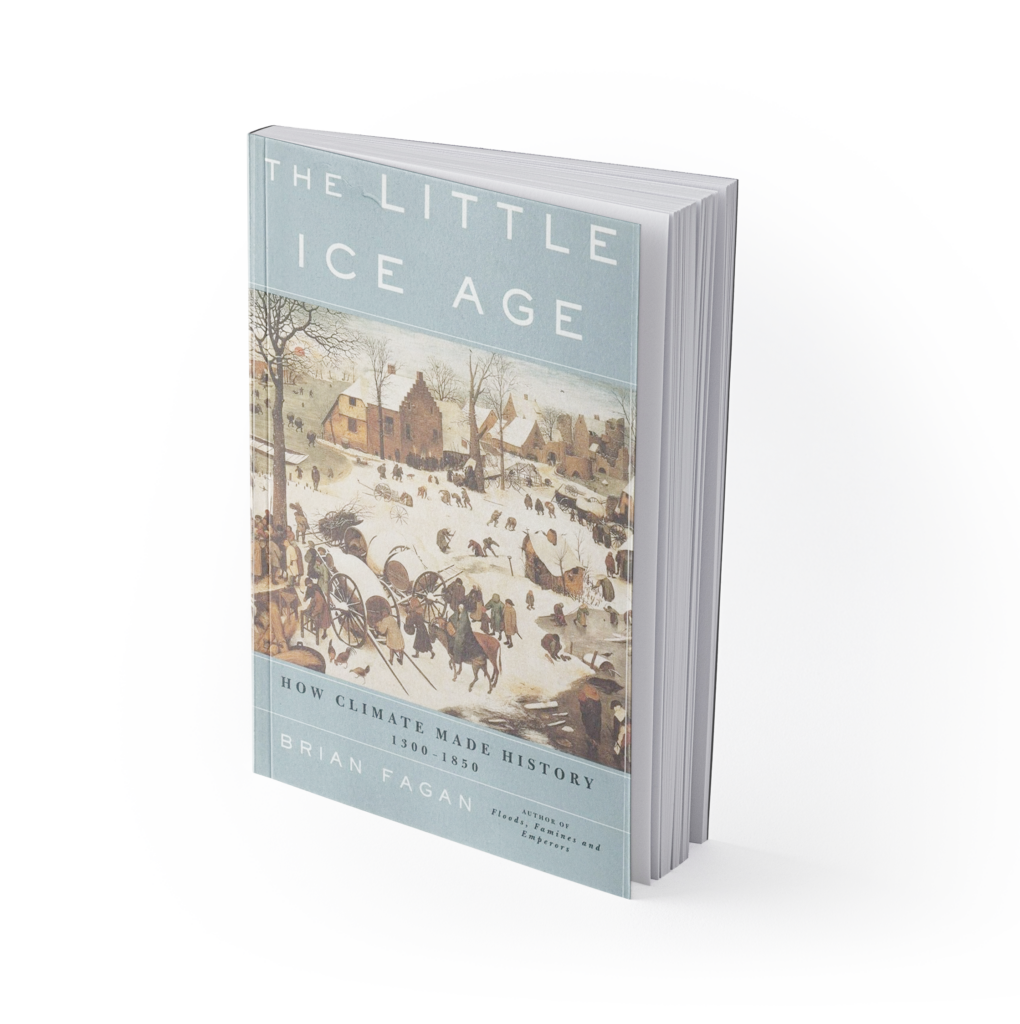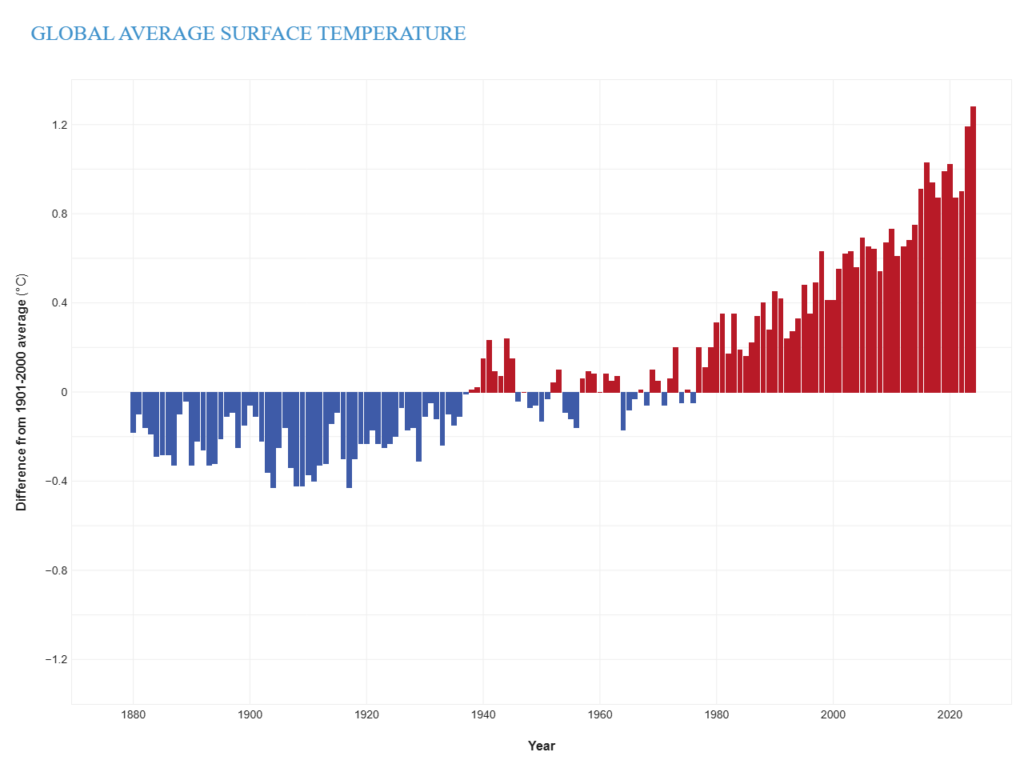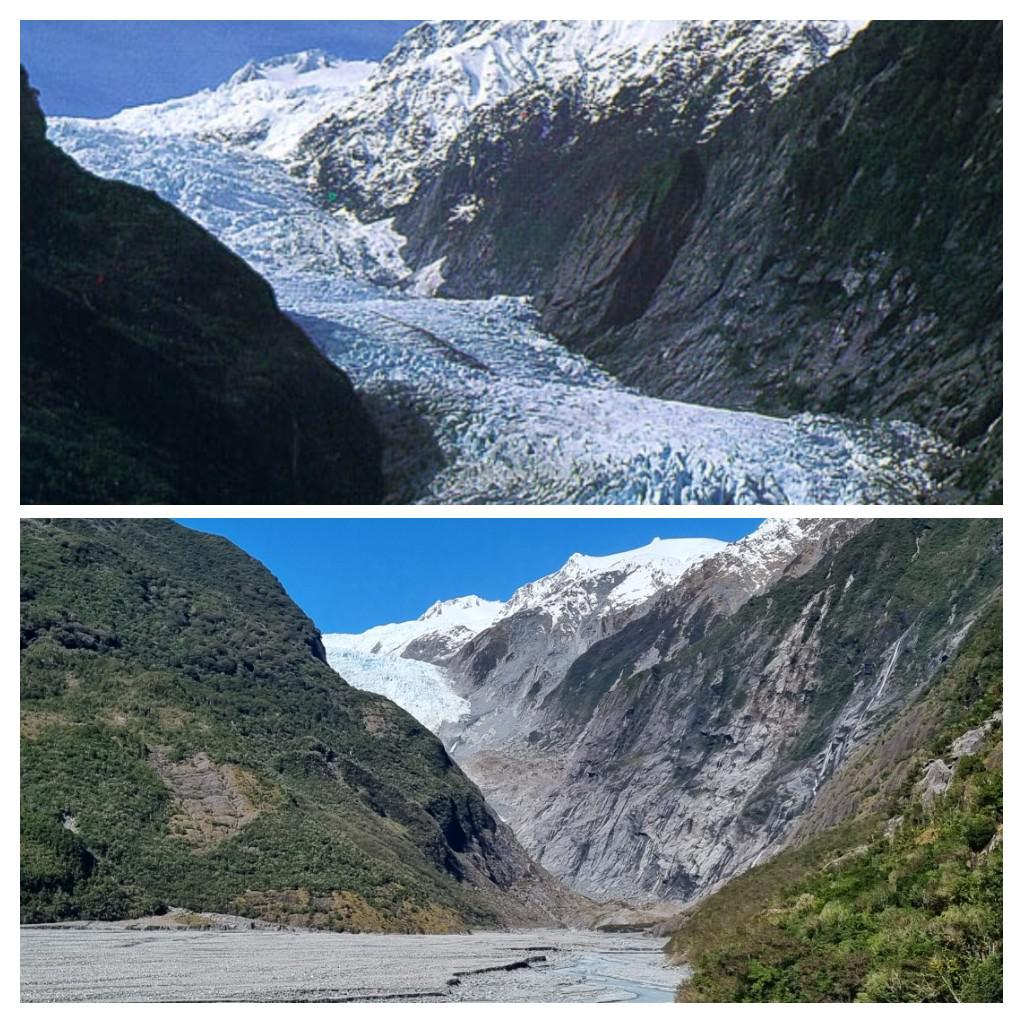Climate Fluctuations are Normal
Climate fluctuations have driven constant change on our planet for millennia; the only difference now is that we are contributing to the global warming.
The Little Ice Age

Brian Fagan. New York: Basic Books, 2000, 246 pages, €13.45
Our planet used to be much colder than it is now. In our collective knowledge, we refer by default to the dinosaurs going extinct due to the meteorite showers that caused drastic climate change. You may also remember the comical Ice Age animation films by Blue Sky Studios, in which Scrat the Squirrel chases his acorn endlessly to have some form of sustenance. The climate changes quickly, and the mammoths and thousands of other species are in trouble.
But in our collective ignorance, we overlook that the Little Ice Age was much more recent and lasted depending on where you lived for 500 years between 1200 and 1700 AD. It’s not that the Earth was frozen over and we were living in igloos or caves, but rather that the climate fluctuations during this half of a millennia were largely in the colder spectrum of the barometer. This part of our history is what Brian Fagan recounts with vivacity around converging sources.
We did not have computers or satellites, sensors or other fancy technological ways of tracking climatic fluctuations. Fagan’s sources are memories, paintings, emerging scientific papers, and other books from 1300 to 1850. The subsequent 1850–1880 time bracket was when we started to systematically record and track different types of temperatures, such as the Earth’s surface temperature as shown here:

Coinciding with the climate effects of the Industrial Revolution, the red bars show the growing warmth caused by incremental greenhouse gases. The advent of the steam engine revolutionised industries between 1760–1830, largely in Britain. The second wave occurred as new technologies spread out across territories and other industries as Britain grew its empire, but also as others replicated pollution-causing technologies.
There is no golden spike in history that defines exactly when things start or end – our world is not that precise; change is gradual and incremental. The compounding effect of human-generated pollution pumped enthusiastically into the environment is what we are experiencing today with the melting of glaciers and the fracturing of ice sheets.
Not so long ago, the equation was inverted: the glaciers were growing, and ice was invasive. In 1695, Iceland was quite literally iced in for most of the year with no access by land, sea, or air. In chapter 7, “The War Against the Glaciers”, Fagan gives fascinating examples of the cyclical surging and retreating of glaciers: this is a natural phenomenon in which the living beasts of ice move at astonishing speeds. The Franz Josep Glacier in New Zealand’s Southern Alps:
“…thrust downslope into the valley below, smashing into the great rain forest that flourishes there. The ice crushed everything in its path, felling giant trees like matchsticks. By the early eighteenth century, Franz Josef’s face was within three kilometers of the Pacific Ocean, a river of aggressive ice pointing like an arrow towards the coast.” (p.118)
In 1909, the Franz Josef Glacier was reported to be advancing at 50 metres per month. Then it retreated again in 1920 to where it had been, then by 1946 the glacier had retreated further up by at least a kilometre, and now the glacier tongue has further receded leaving a moraine of where it was. There is not much left but if you visit you can still take some photos for posterity. The glaciers will not return in our lifetime; they will continue to disappear until they are gone.

In the meantime, we are experiencing what our ancestors lived through, only in reverse. In the European Alps, for example, surging glaciers diverted streams causing mountain lakes to form. In the spring, the snowmelt and meltwater from the glaciers caused the natural dikes of the lakes to burst and flood into the valleys, destroying villages and causing damage to agriculture and infrastructure.
Now, the same phenomenon is happening in the Himalayas where hydropower dams, villages, and bridges have been destroyed by flash tidal waves caused by glacial lake outburst flooding (GLOF). But this round the flooding is due to melting snow and glaciers that each time return less replenished in the water cycle because everything is getting warmer everywhere. As Fagan asserts in his Preface:
“The Little Ice Age was an endless zigzag of climatic shifts, few lasting more than a quarter century. Today’s prolonged warming is an anomaly.” (p.xiii)